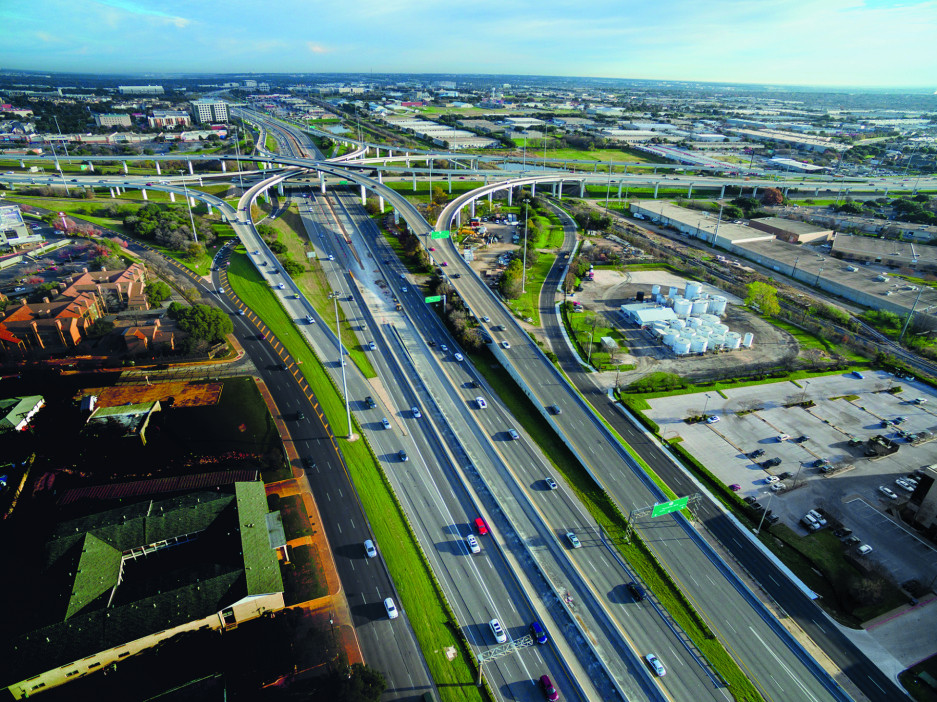
Positive Mobility
eMagFluidity versus congestion: the urban mobility challenge

Road traffic levels continue to rise against a background of urban and demographic growth. Responses to growing congestion in cities and their surrounding areas are seeing shifts in behaviours and new solutions emerging to tackle the problem.
Global urbanisation is continuing unchecked, with a UN study claiming that two in three people will be living in a city by 2050. Among the challenges raised by this phenomenon, mobility for city dwellers and, in particular, urban road congestion are priority issues. The TomTom Traffic Index ranks Mumbai (India), Bogota (Colombia) and Lima (Peru) as the three cities the most affected by traffic congestion. The result shows over 60% of time lost per journey in the worst cases.
Smartphones: mobility’s new allies
Now that smartphones are a mature technology and intrinsic parts of our daily lives, they have naturally become tools for battling congestion. The main focus concerns the vehicles that comprise the largest share of road traffic: private cars. Innovations that use smartphone connectivity to tackle the problem of traffic jams include enabling car drivers to avoid congestion as it builds up, thanks to mobile guidance and route planning solutions. These concepts are based on real-time traffic updates from a dedicated service such as TomTom Live) or from users themselves (Waze).
Throughout the world, applications such as Uber, Lyft and Yandex Taxi have made ride-hailing more accessible, revolutionising the taxi market in the USA, China, Russia and Europe. A parallel development has seen the rise of car sharing services (Waze Carpool and BlaBla Car), which are more prevalent in Europe than elsewhere in the world.

Enabling car drivers to avoid congestion as it builds up, thanks to mobile guidance and route planning solutions
An increasingly intelligent road-car pair
Tomorrow’s mobility needs a smart approach. Worldwide, public authorities are embracing technologies as an efficient solution to a number of contemporary concerns. Fresh ideas include predictive traffic solutions, that use road censors to collect car-generated data in real time, helping drivers prepare their trip and road operators better manage their strategies.
Payment technologies and fintech are also an area of strong innovation. Cashless, dematerialized free-flow solutions not only increase convenience for drivers but also make room for new client interfaces. They require a total new approach of collecting and processing car transactions in massive volume. In Texas, VINCI Highways manages a volume of about 80 million freeflow transactions on toll roads near Austin and Tyler – a key service to avoid congestion on these very frequented roads, among which the famous MoPac and the new 71 Toll Lane for drivers heading to the Austin–Bergstrom International Airport.
Building new links
But in fast-growing metropolitan areas, changing behaviours or adopting new technologies is not enough. This is where regional development policies have a role to play, by increasing network capacities, improving links between business hubs and providing services to outlying areas. In Canada for instance, where VINCI Concessions will soon be inaugurating and operating the newly-built Regina Bypass in the capital of Saskatchewan. Traffic jams in Regina along Avenue Victoria and the 1 East highway have posed a major safety problem since the 1990s. The future bypass will divert trucks away from Regina. Or in Portugal, where VINCI Airports will be boosting the country's airport capacities with the extension of the historic Lisbon airport and opening a second commercial airport at Montijo near Lisbon. With this new airport capacity and the corresponding road network, the goal is to better serve the region and keep contributing to its growing appeal to international travellers.

The new bypass will significantly improve safety and reduce traffic congestion around the City of Regina